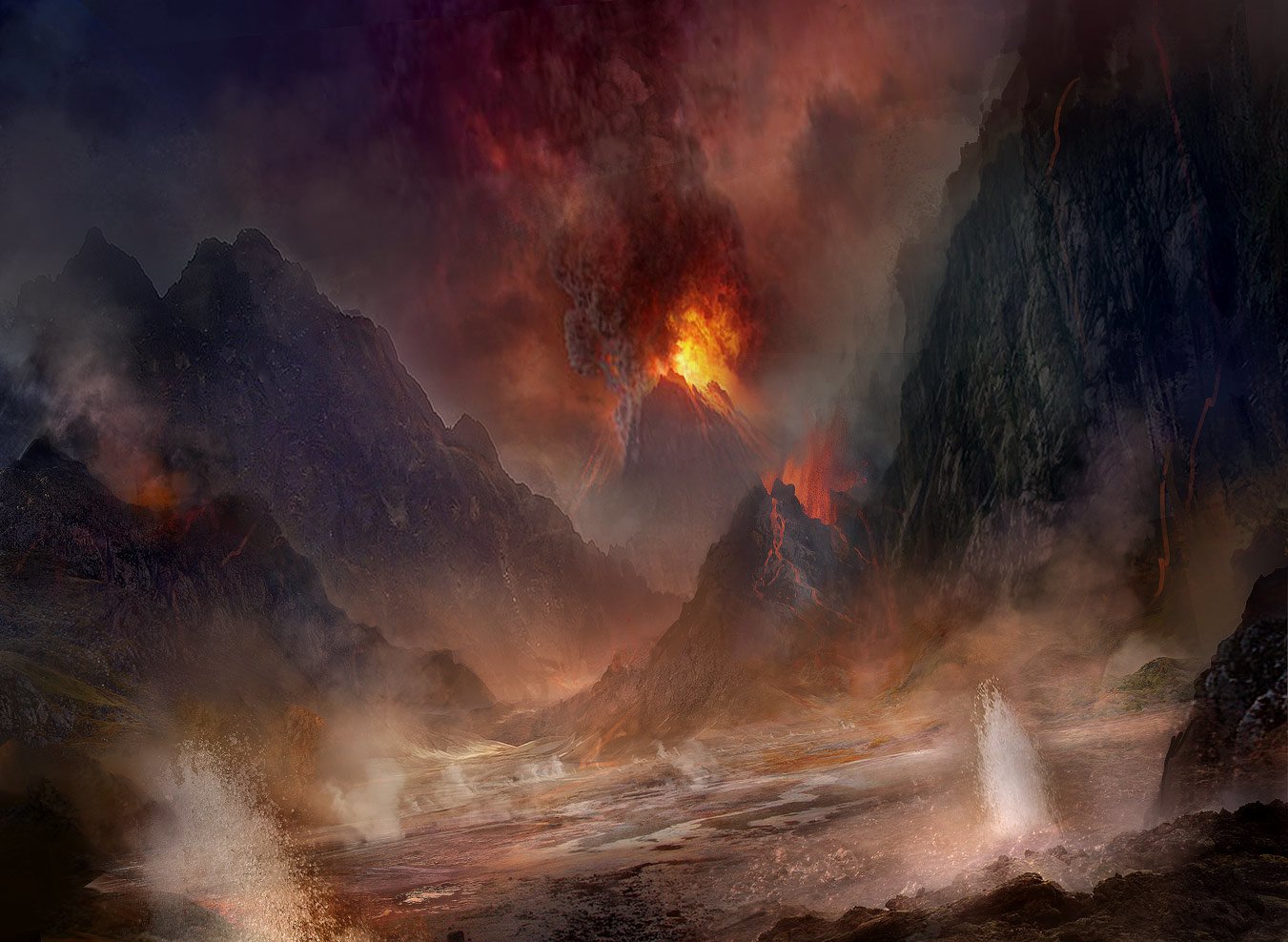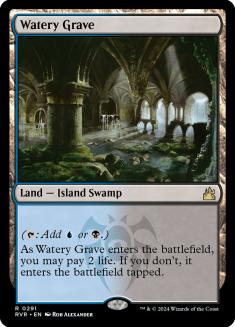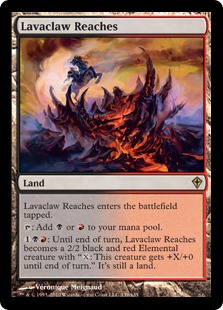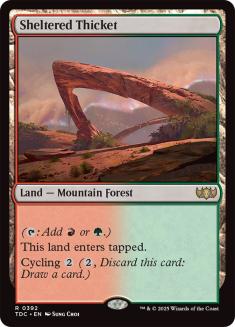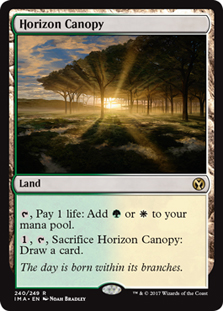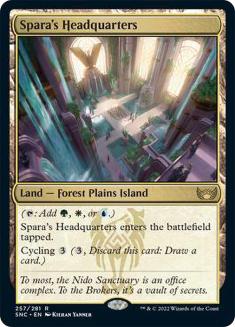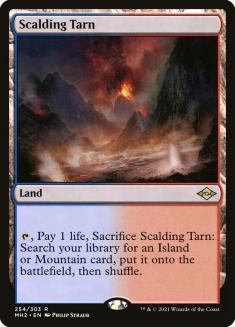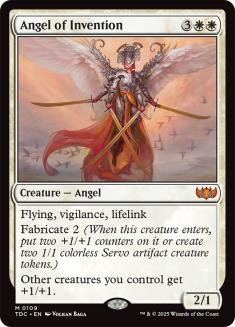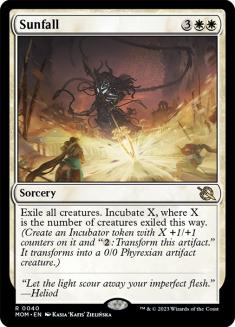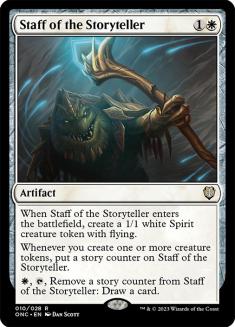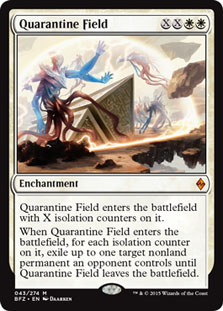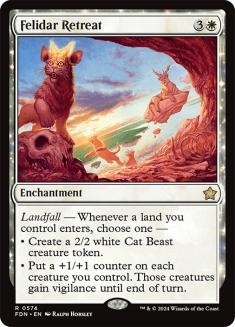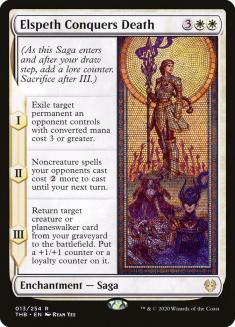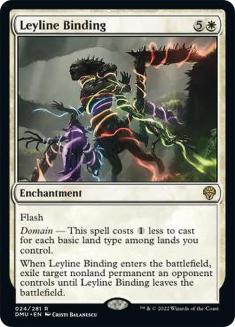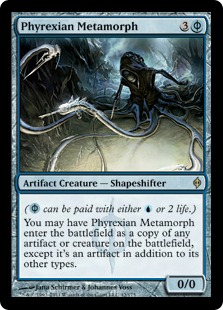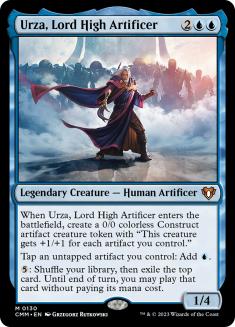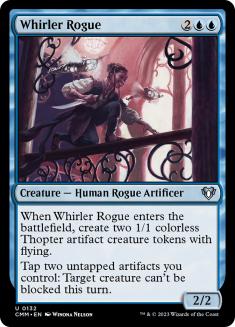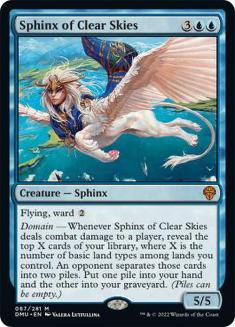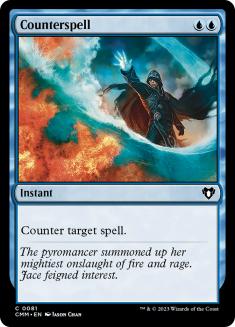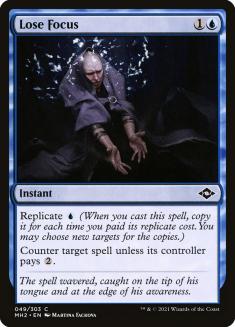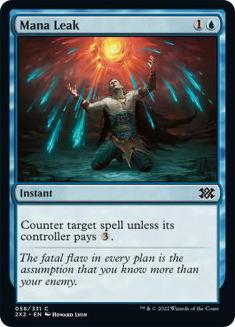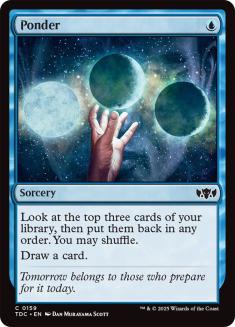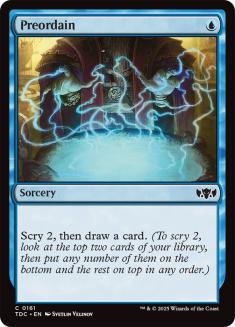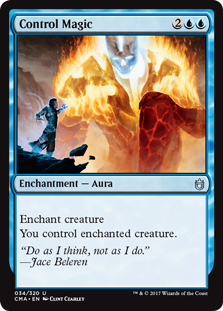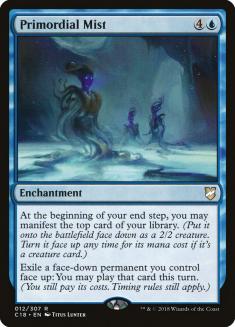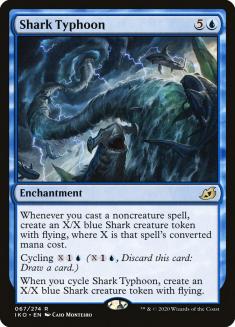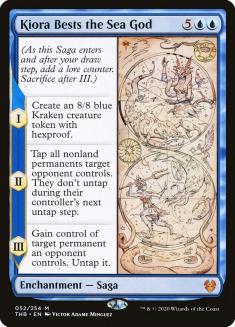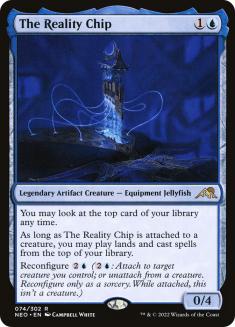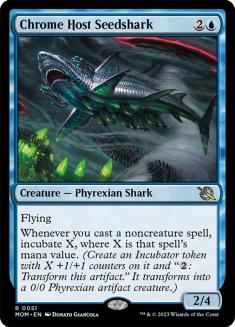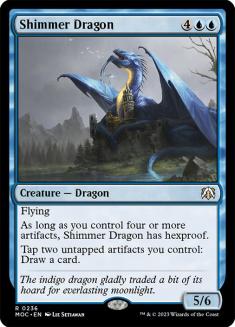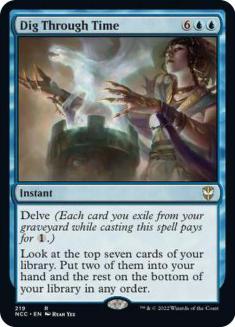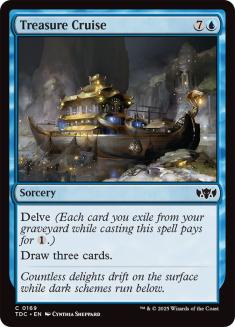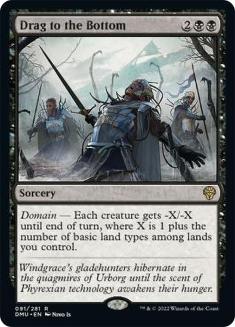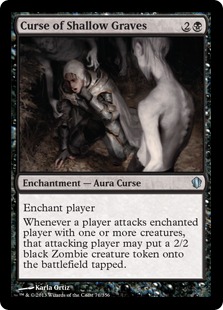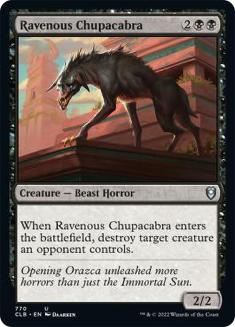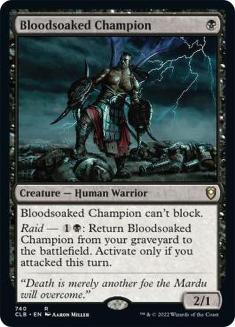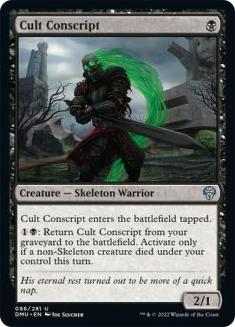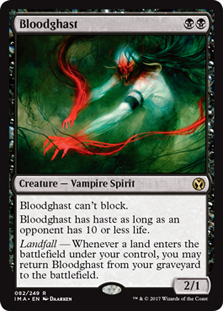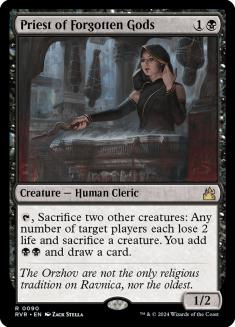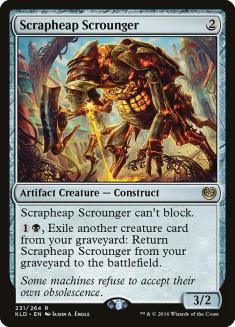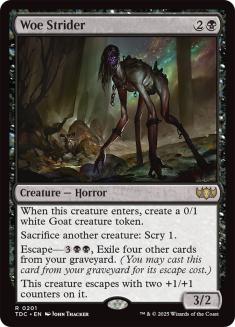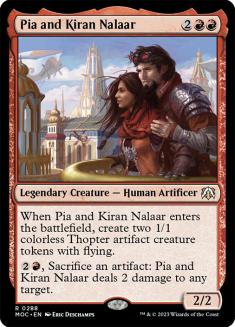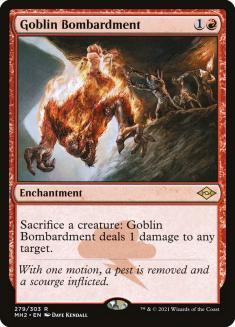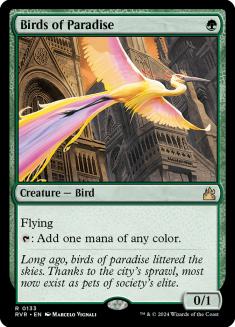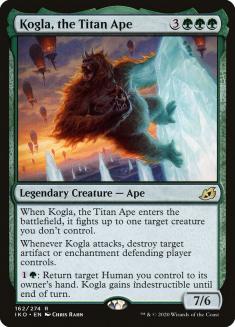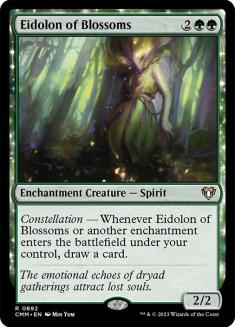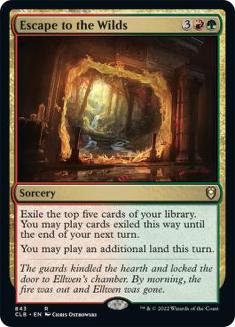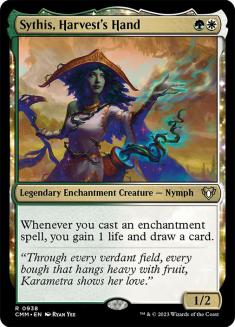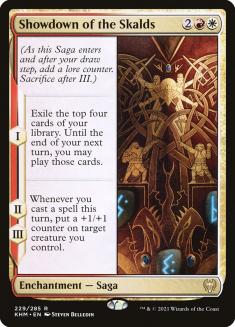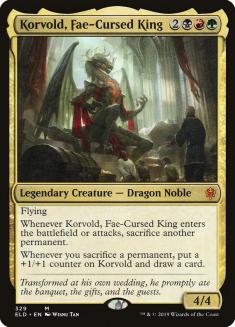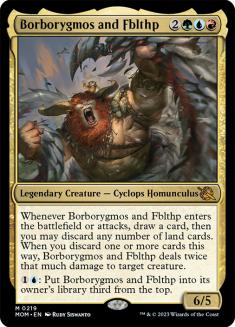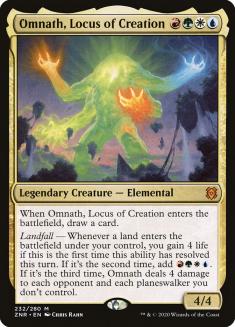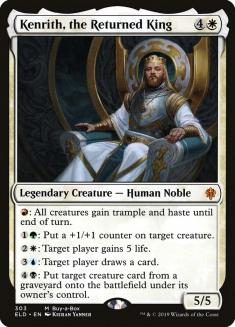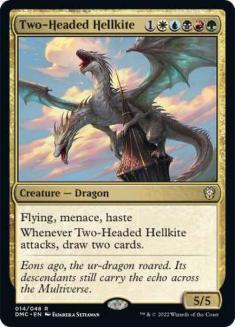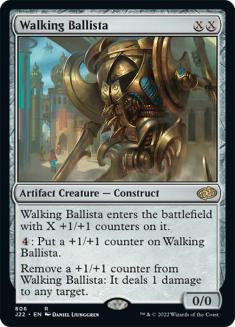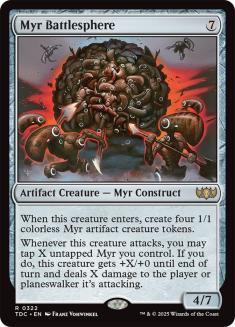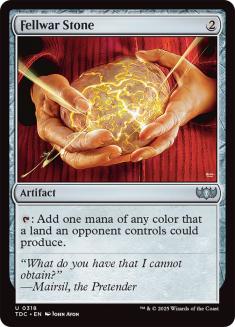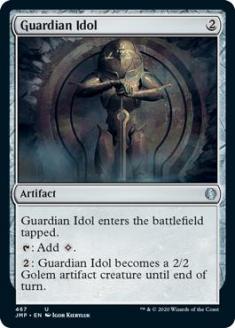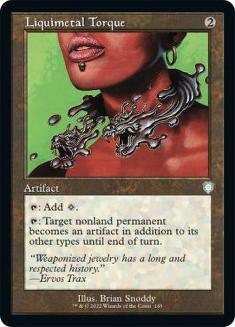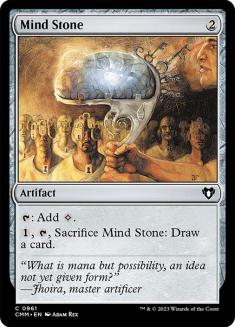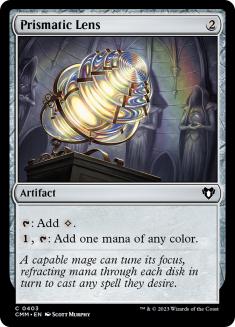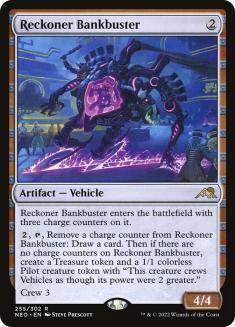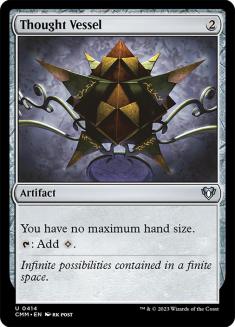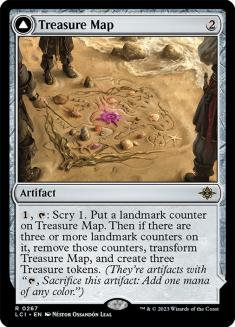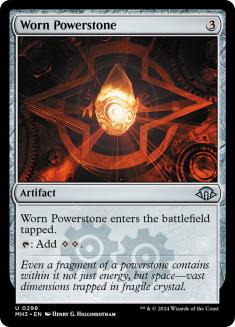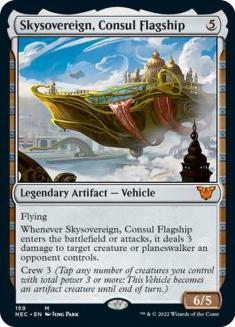Howdy gamers, and welcome to another week of digital Cubing on Magic Online (MTGO)! The Magic 30 Cube is now officially retired, and it’s time to sink our teeth into the second run of John Terrill’s Cartographia Cube. The Cube debuted just under a year ago, but a year is a long time in the world of Cube Draft. My article on the first run should provide some good general insights, and today I’ll be going over the updated Cube list to get a feel for the updated environment.
The current run was not published with a list, but poking around Terrill’s Cube Cobra page leads me to believe that this is the updated list that we’ll be drafting. The overview also comes with a link to last year’s list, which is good for making use of Cube Cobra’s compare tool if you’re interested in the breakdown of what all has changed. 152 cards are changing with this run, with a lot of the fundamental feel remaining intact, though some dramatic shifts have occurred as well.
I’ll touch a bit on what’s different, but I imagine the average player isn’t especially familiar with the Cube, so I’ll be going over broad-strokes notes more than highlighting the updates. I recommend Terrill’s article on the mothership as a good starting point. Now let’s break the Cube down by color and go over how I’d approach drafting it!
Lands
Normally I do these breakdowns in WUBRG order, but this Cube has a heavy enough emphasis on lands that it makes sense to me to organize things in a way that follow the Cube’s priorities. There are over 100 lands in Cartographia Cube, with just over 80 of them being mana-fixing lands. That’s about twenty more mana-fixing lands than the MTGO Vintage Cube, which is about 25% more mana-fixing! If you play a lot of Vintage Cube, you know that people love playing five-color piles in that format, and it will be noticeably easier to play as many colors as your heart desires here.
The Cube features original duals, shocklands, creature duals, cycling duals, Horizon lands, Triomes, two copies of every fetchland, and some five-color options as well. Note that there are also two copies each of Ash Barrens, Fabled Passage, and Prismatic Vista.
My experience with this level of mana-fixing is that it makes the color of your spells matter considerably less. The consequence of this is that it’s a lot easier to draft the most powerful individual card in a given pack and make it work, provided that you are drafting a functional deck with cards that play well together and a sound mana curve.
Cartographia Cube is built with a lot of synergies in mind, so you definitely want to be paying a lot of mind to your cards actually playing well together, but there’s enough going on in the realm of things that are generally powerful that I’d value good mana and individual power level more than trying to marry a particular theme. Mana-fixing is a relatively stress-free aspect of Cartographia Cube, and I stand by my position of drafting lands early-ish and often-ish here.
White
White is where you’ll find a lot of curve-filler for artifacts- and enchantments-matter themes alike. It’s fine to start your draft on lower-powered cards for these archetypes if you want to see how they tick, but I’m happier to start with something that packs more of a punch on an individual card power level. There are a few good options here in white:
The previous run of the Cube featured a few four-mana sweepers in white, and I’m glad to see them gone to give the creature decks more breathing room. That said, I’m still relatively interested in Planar Outburst as a high pick to punish anybody drafting the curve filler too highly, and Sunfall is just an absolute bomb. Swords to Plowshares has also left the Cube, which makes the remaining spot removal, especially Leyline Binding given all of the fixing, much more appealing.
White has a lot of the Cube’s weaker cards, but I like moving in early on aspirational stuff like Hallowed Haunting and Starfield of Nyx. I’m more wary of vulnerable creatures like Puresteel Paladin, especially given that my boy Sram, Senior Artificer is inconspicuously absent from the list, and I’d also like to point out that Stoneforge Mystic is finding cards like Nettlecyst and Embercleave here rather than the usual fare. Drafter beware!
Blue
Like white, you’ll find a lot of replacement level curve-filler in blue, but you’ll also find more generically powerful Cube staples as well as haymakers. The list of blue cards that I’d happily play in any deck isn’t short:
And the list of cards that are very powerful without asking all that much of you is pretty long, too:
I’m pretty cold on Dig Through Time and Treasure Cruise in Vintage Cube, which has better draw options as well as things to do with your graveyard, but neither is especially true here, and double fetches make delving easy. I’m also cold on the Shark in Vintage Cube, but your deck must play creatures here, and a 2/4 is just decent on rate with plenty of potential upside stapled on.
While I’d be very interested in playing blue in Cartographia Cube for all of the generically powerful options, I’d be wary as always of blue aggressive decks. Ensoul Artifact might seem like it’s good for a lot of damage, but what it’s best at is opening you up to a two-for-one. Thopter Spy Network and (for a deck with a lot of cheap artifact generation) The Antiquities War provide meaningful card advantage and are much more where I’d want to be.
Black
Black is comparatively light on individually powerful cards, but the curve-filler cheap creatures in black are definitely more appealing than those in white or blue. There’s a deep Sacrifice theme rooted in black, and many of the creatures for this theme require little help to be playable. I think the first-pickable pool for black is shallow, but when black is open, you’ll get a lot of cards that don’t require all that much to go your way to make them hum.
I’m not one to first-pick most spot removal, especially in a Cube where artifacts and enchantments are often bigger problems than creatures, so I guess for first picks I’m looking at Drag to the Bottom, Curse of Shallow Graves, and… Ravenous Chupacabra?
Curse of Shallow Graves doesn’t get talked about a lot in Cube because it can’t hang at all at the highest power levels, but here, it’s an enchantment that offers a meaningful stream of bodies. Black is long on sticky creatures to keep them coming, and this is the sort of card that easily puts the strategy over. I can also see Call of the Ring being a high pick for aggressive black decks as a way to generate meaningful card advantage with all of the usual Sacrifice suspects.
The other black card I’m keeping an eye out for is Doomwake Giant. The Enchantress theme has pretty deep support, and a five-mana card that can generate multiple Plague Winds is no joke. Similar to artifacts, the big and splashy enchantment stuff is much more appealing than the aggressive enchantment support.
Red
Red doesn’t offer much in the Enchantress department, but there are the bones of a somewhat normal red beatdown deck as well as a lot of useful odds and ends for artifact decks. Notably, Goblin Welder is really brutal in artifact mirrors. The red removal is mostly even less appealing than the black removal, and there aren’t a lot of red cards that I’m especially excited to first-pick.
Wildfire seems absolutely devastating against most of what you can get up to in Cartographia Cube, and I’m very interested in pairing it with some artifact mana and maybe some Crucible of Worlds action.
I’m cold on the red aggressive creatures relative to the black aggressive creatures, but Rakdos Sacrifice looks strong, and Goblin Bombardment is a staple flagship of that archetype. A lot of Cubes incentivize the red player to try to draft Mono-Red, but that’s really not the case here. Rakdos Sacrifice and featuring red as one of the colors in your three-plus-color midrange deck are much more in line with what this Cube incentivizes.
Green
Green mana ramp and big spell payoffs are a hallmark of Cubes of all shapes and sizes, and you’ll find that all here as the big draw to green. There are also some Enchantress synergies to explore that are pretty powerful when you get the right card advantage tools. As we often see in the digital Cubes, there are a number of green cards with a more aggressive slant, and as usual I would advise against valuing these cards highly. Birds of Paradise and Wild Nacatl really don’t go in the same decks, and Birds of Paradise is a much more powerful opening.
Lotus Cobra is completely absurd in a Cube with twenty fetchlands, and cards like Utopia Sprawl and Wild Growth will quickly put you ahead of the average opponent. As long as you supplement these cards with powerful payoffs like Rampaging Baloths and other forms of card advantage, it’s hard to go too wrong with fast mana in a 540-card Cube.
Gold
With the abundance of mana-fixing in Cartographia Cube, there’s no reason to shy away from gold cards. As I’ve said about every individual color, I’m looking for individually powerful cards here more than especially synergistic ones, but there are a lot of gold cards in the spread that I’m happy to first-pick:
It’s easy to imagine some other gold cards in the roster being the best card in a given pack, but these are the ones I’m actively on the hunt for. I’m having a really difficult time imagining losing with an active Kenrith, the Returned King or Korvold, Fae-Cursed King.
Colorless
A lot of the colorless column here supports aggressive artifact decks, and the replacement-level cards here deserve shunning, arguably to a greater extent than their colored counterparts. Steel Overseer can absolutely run away with games, but the Cubes with Signal Pest as an especially appealing card are few and far between. I’m a fan of everything that generates generic value or mana ramp, though.
There’s a lot of overlap between Magic’s biggest strengths when it comes to colorless cards and green cards, so my preferences on approaching both are unsurprisingly pretty similar!
While I prefer starting on cards with a little more abstract power, I definitely like being on the lookout for synergistic themes that are open at a given draft table. If the middling Enchantress and artifact cards are in abundance late in Pack 1, then there’s a good shot that you can pick up the better payoffs in Packs 2 and 3. In the meantime, I like taking some individually powerful options and shoring up my ability to cast them.

